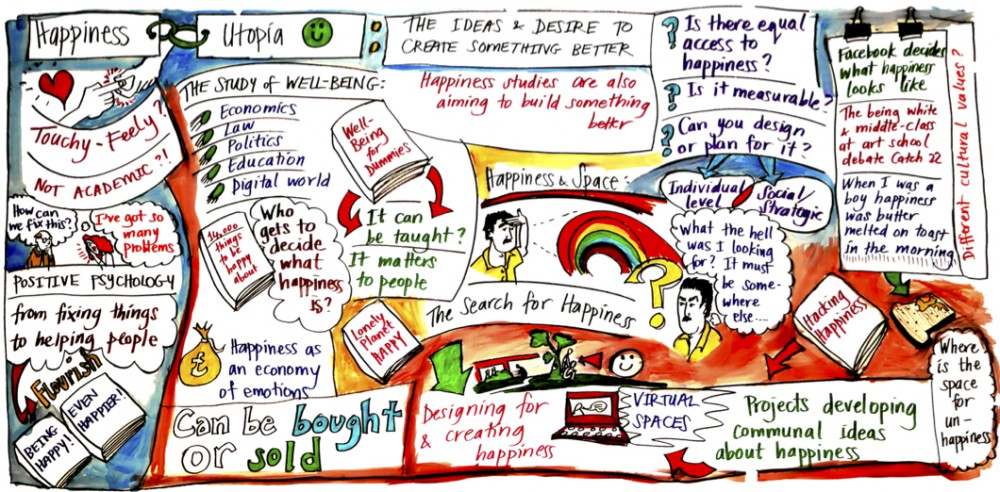- Describe how the client empowerment model for change effectively impacts a client’s well-being status? Include what the professional would do to implement the model in the counseling session.
The client empowerment model is made for the clients could be able to determine their own problems and needs. Professional will find a place to improve for example a city and they will improve the environment and the way the client lives.
- Describe how a community-based agency’s mission and goals promotes well-being and happiness for their clients.
A community-based agency’s mission and goals promotes well-being and happiness for their client because it helps people to start to talk about their problems to other people. It is important because it improves the client’s environment and it also gives the professional new links to different organizations.
- Describe how an agency’s organization chart promotes well-being through the chain of command.
An agency’s organization chart promotes well-being through the chain of command because it helps to keep different departments organized from top to bottom. The ones in the top control the resources and the actions that are made. It is also a way of sharing and dividing responsibilities.
- Describe how the referral process is utilized in relation to the client’s well-being.
The referral process can happen for any reasons for example, the client may ask for it to speed up the process or because the client is suicidal. The referral process is to help the client with their problems and needs by linking them with other professionals that will be able to help them. The referral process is utilized in relation to the client’s well-being because it is a way that the client will get greater help.
- Describe how an informal network can aid in the referral and well-being goals.
An informal network can aid the referral and well-being goals because it could provide the client with needed support. Informal network is outside of agencies or organizations. Informal networks include personal friendships of professionals, family, and friends which provide support and help for the client.
- Describe how documentation and paperwork requirements aid in the well-being of the client.
Documentation and paperwork are very important and should be handled properly. Documentation and records are important information about the client that the professional might have to read later in the future. The more organized and detailed the record the more the professional will be able to help the client with their problem. Documentation and paperwork requirements aid the well-being of the client because it will help to know their background which will help professionals know their needs and problems.
- Describe how stress and “burnout” of the worker can impact the client’s well-being.
Stress and “burnout” of the worker can impact the client’s well-being in a negative way. When the professional is experiencing stress and burnout they are less likely to help the client the way they need to be helped. Symptoms of burnout are when the professional doesn’t want to go to work, has a negative attitude about work, lower the quality of their work, and doesn’t get involved with the client as they should. Therefore, the client will not be receiving the help they need.
- Describe how professional development activities can impact the well-being of the worker. Describe how it also impacts service delivery to the client.
Professional development activities can impact the well-being of the worker because it helps the worker become more engaged in helping the client. Professional development is for the professional to learn and develop new ways to help the client rather than the same way all the time. Professional development impacts the service delivery to the client because the worker will be more involved with the client’s needs. The professional will also know different and new ways that they can help the client.
- Describe how a human service worker can utilize client empowerment as a tool in the well-being of a client.
The human service worker can utilize client empowerment as a tool in the well-being for the client because it is a way to build skills to show them how and what they could do to help change themselves. The client will learn to be more self-sufficient and fix their own problems with the skills they learned from human service workers that used the empowerment tool.




